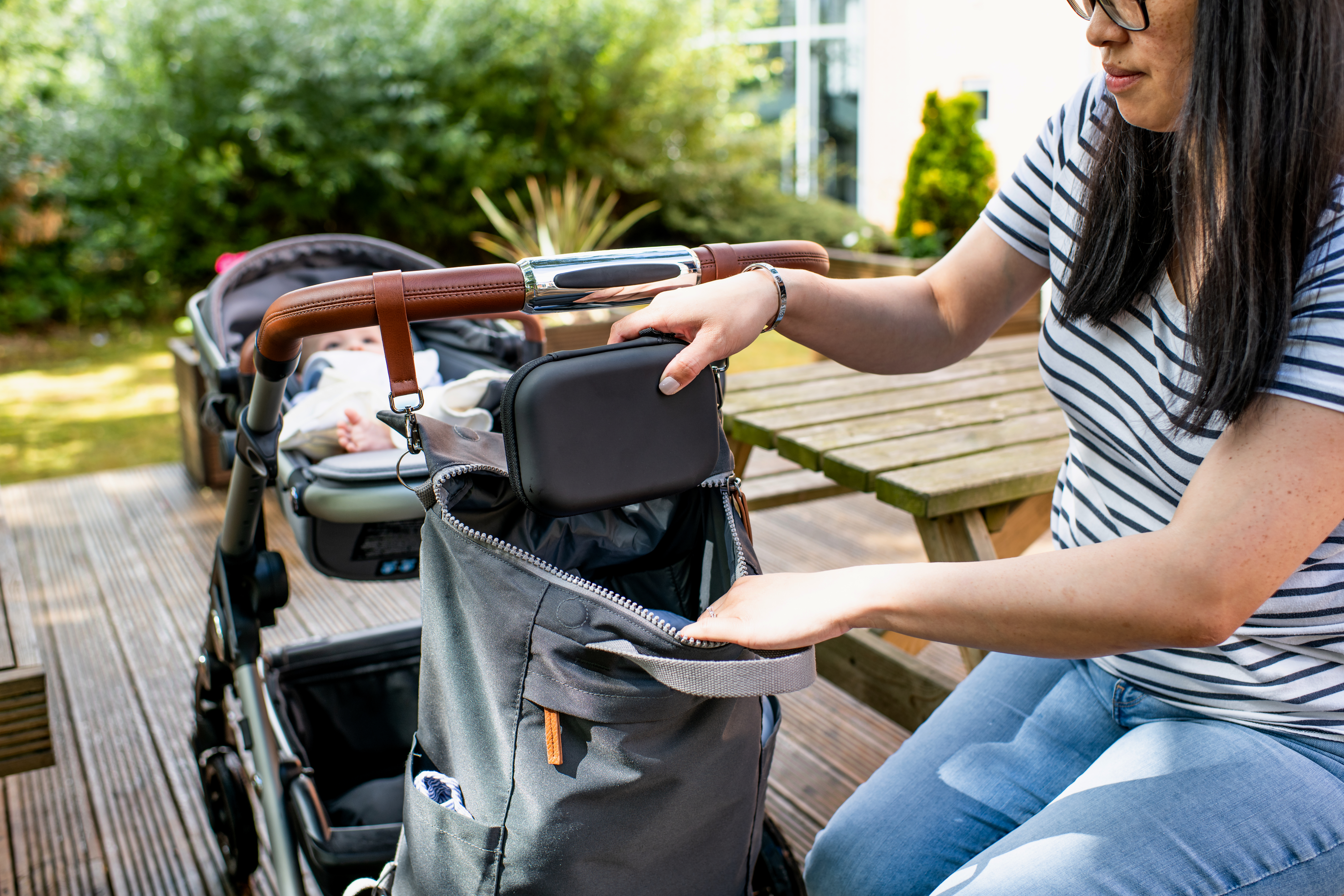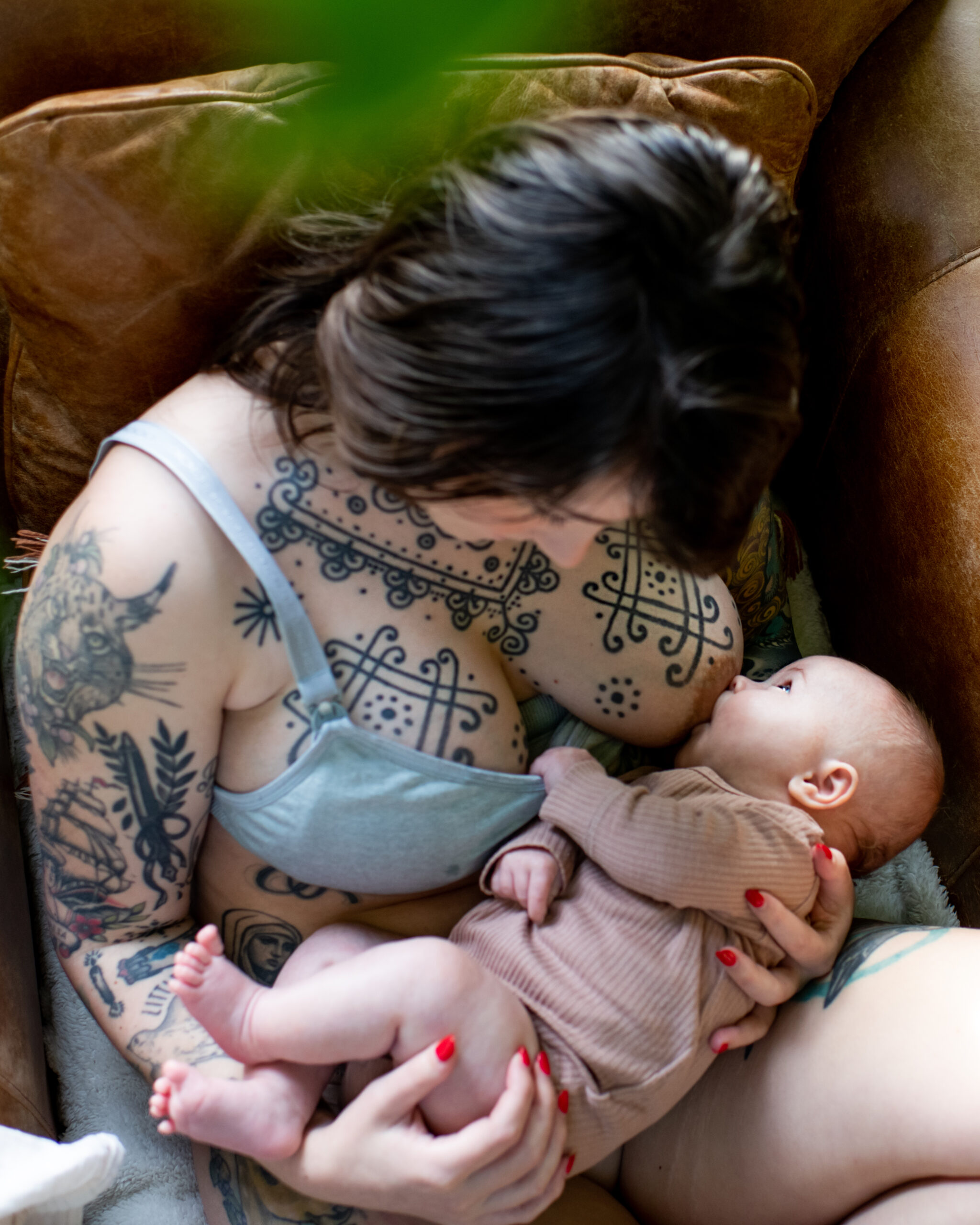LET’S BE HONEST, YOU CAN PROBABLY WORK OUT HOW TO CHANGE A NAPPY. BUT IF THE THOUGHT OF CHANGING NAPPIES IS KEEPING YOU AWAKE AT NIGHT OR YOU JUST NEED TO STOP LEAKAGE, WE CAN HELP YOU OUT HERE AT TOMMEE TIPPEE.
LET’S START WITH THE BASICS OF WHEN TO CHANGE A NAPPY.
Often is the simple answer for changing nappys. A wet or dirty nappy left too long can cause nappy rash and other conditions which make for a baby with a very sore bum and plenty of tears. So yes, you will be changing a nappy around 12 times a day at first.
A wet or dirty nappy is the best time to change. You’ll also notice your baby might wee or poop after feeding, so you can get into a routine around your feeding times.
IS THERE A RIGHT AND WRONG WAY TO CHANGE A NAPPY?
Relax, there’s little that can go too far wrong when changing a nappy. But if you want to avoid leaks, a nappy that falls off or one that’s just not comfy for your little cherub, then there’s some simple advice to help.
BE PREPARED
You’re going to be changing nappies at home and whilst you’re out and about. So whether you’re at the changing station at home or reaching in to your changing bag, you need the essentials so you’ve everything you need to hand to make the operation fast and effective.
- A good supply of clean nappies – Obvious but don’t stock up too much. Nappies come in different sizes, so don’t over buy the small sizes as your baby will grow fast.
- Changing mat or towel – It’s handy to have a folding one for your change mat and something more comfy at home.
- Baby wipes or cotton wool and warm water – You might want to start with warm water for your newborn and move to wipes at about 2 weeks old.
- Nappy cream – Not essential but you may choose to use a barrier cream for your baby’s delicate skin.
- A nappy disposal unit for at home or nappy disposal bags if you’re out and about or short of space.
- A spare set of baby clothes – Don’t get caught out with a poop accident and no spare clothes.
THE PROCESS OF CHANGING A NAPPY
Deep breath, let’s do this:
- Start by washing your hands or using a hand sanitiser.
- Lie your baby on their back on a changing mat or towel (be careful never to leave your baby on a high surface).
- Unfasten the nappy tabs and use the nappy to wipe away as much poop as possible.
- Lift your baby’s legs by holding the ankles and remove the dirty nappy. Fold the dirty nappy in half (unsoiled side up) and place it out of reach.
- Use warm water and cotton wool or baby wipes to clean your baby’s nappy area. Remember to wipe front to back with girls and to clean in the creases of skin around the legs.
- Gently dry the area if required before lifting your baby’s legs and placing a clean diaper underneath – the half with the tabs should go under your baby’s bottom, while the absorbent side should come up between your baby’ legs.
- If you’re using a barrier cream, now is the time to apply a thin layer.
- Fasten the nappy using the sticky tabs and adjust so it’s a snug fit but the nappy should not be so tight as to pinch your baby’s skin.
- Place your baby in a safe place whilst you finish the clean-up operation. Put the nappy, wipes etc. in your nappy disposal unit or nappy bag and wash or use a hand sanitiser.
Now just wait a little while and repeat!
In time, you will be a nappy changing machine. So now you’ve mastered changing a nappy, you might want to know how often your baby will poop or what poop should look like — our baby poop guide will have all the answers you need.


